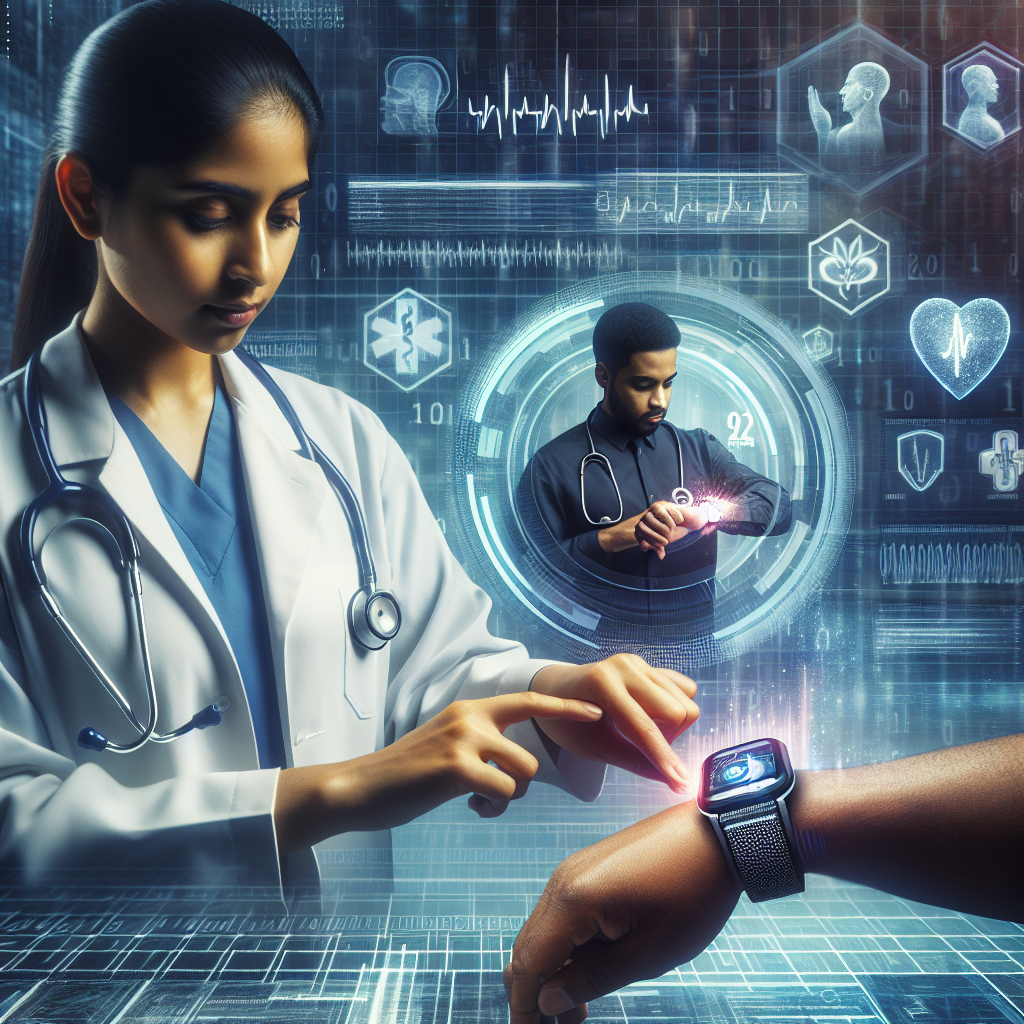Healthcare 2.0: How Wearable Tech is Revolutionizing Medicine
In the rapidly evolving landscape of healthcare, wearable technology is quickly emerging as a game-changing innovation. Dubbed as "Healthcare 2.0," this new era leverages state-of-the-art wearable devices to transform how health data is collected, analyzed, and applied. From smartwatches and fitness trackers to advanced biosensors, these gadgets are revolutionizing medicine in unprecedented ways.
The Dawn of Continuous Health Monitoring
Traditionally, medical assessments were periodic, often leaving gaps in patient data. Wearable tech fills these gaps by providing continuous, real-time health monitoring. Devices like the Apple Watch and Fitbit can track vital signs such as heart rate, sleep patterns, and physical activity levels throughout the day. More advanced biosensors are now capable of monitoring glucose levels for diabetics, measuring lung function for asthmatics, and even detecting arrhythmias.
Personalization of Healthcare
One of the most compelling benefits of wearable tech is the personalization it brings to healthcare. With a constant stream of data, healthcare providers can tailor treatments to the individual needs of each patient. Algorithms can analyze patterns and alert both the patient and healthcare provider in case of anomalies, facilitating timely interventions.
For instance, wearable ECG monitors can detect atrial fibrillation (AFib) early, allowing for proactive rather than reactive treatment. This level of personalization holds enormous promise in managing chronic diseases, thereby improving quality of life and reducing healthcare costs.
Empowering Patients
Wearables are not just about collecting data; they empower individuals to take charge of their own health. Integrated with mobile apps, these devices provide users with valuable insights into their lifestyle choices and how they impact their well-being. By gamifying health metrics—such as daily step counts or sleep scores—these apps can motivate users to adopt healthier habits.
Moreover, the social sharing features available on many platforms create a community-driven approach to health, fostering peer support and accountability. In an age where patient engagement is recognized as a critical factor in health outcomes, this empowerment is invaluable.
Enhancing Predictive Medicine
Predictive analytics is another domain where wearable tech is proving to be revolutionary. By leveraging machine learning algorithms, health data gathered from wearables can be used to predict potential health issues before they become problematic. These predictive models can identify early warning signs of conditions such as diabetes, cardiovascular diseases, and even mental health issues like depression or anxiety.
For example, a recent study found that abnormalities in sleep patterns and physical activity levels could predict the onset of depressive episodes. By implementing preventive strategies based on these predictive analytics, healthcare providers can substantially improve patient outcomes.
Integrating with Healthcare Systems
The integration of wearables with Electronic Health Records (EHR) and telemedicine platforms is another crucial advancement. Seamless data sharing between wearable devices and healthcare systems ensures that healthcare providers have access to comprehensive, up-to-the-minute patient information. This integration is crucial for effective telehealth consultations, allowing doctors to make informed decisions even in remote settings.
Moreover, this data-sharing capability is instrumental in clinical research, enhancing the scope and accuracy of studies. Massive datasets generated by wearables can help researchers understand disease patterns, evaluate the effectiveness of treatments, and develop new medical interventions.
Addressing Challenges
Despite its promising potential, the rise of wearable tech in healthcare is not without challenges. Data privacy and security are paramount concerns, as the sensitive nature of health information necessitates robust protective measures. Regulatory oversight and standardization are also needed to ensure the reliability and accuracy of these devices.
Furthermore, there is the question of accessibility. While wearable tech is increasingly affordable, there still exists a digital divide that could exacerbate health disparities. Bridging this gap requires concerted efforts from technology companies, healthcare providers, and policymakers.
The Future Landscape
As wearable technology continues to advance, its role in healthcare will only become more integral. Emerging innovations such as smart clothing, implantable devices, and advanced AI-driven analytics are poised to set new benchmarks. The convergence of these technologies promises a future where healthcare is more proactive, personalized, and efficient than ever before.
In conclusion, Healthcare 2.0 heralds a new dawn in medicine, driven by the transformative power of wearable technology. By enabling continuous health monitoring, personalizing treatment plans, empowering patients, enhancing predictive medicine, and integrating seamlessly with healthcare systems, wearables are revolutionizing the way we approach health and wellness. While challenges remain, the benefits are profound, promising a future where healthcare is not just a service but a partner in our daily lives.


